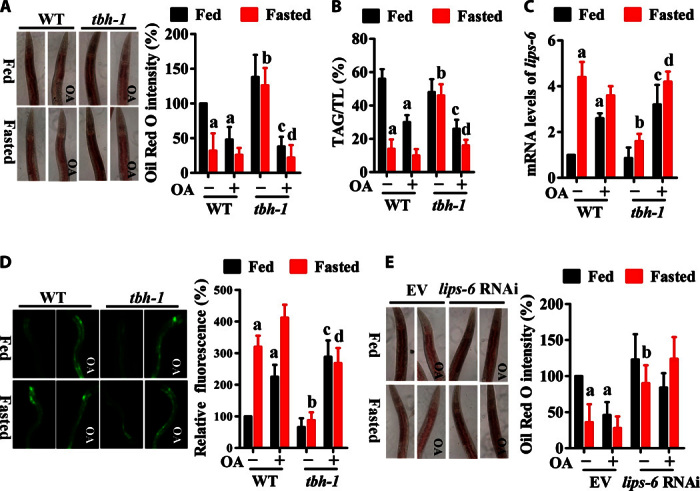Fig. 2. Octopamine promotes lipid hydrolysis by up-regulating the expression of the lipase gene lips-6.

(A and B) Lipid mobilization was regulated by octopamine. (A) The quantity of lipid droplets determined by Oil Red O staining in WT worms was significantly lower than that in tbh-1(n3247) worms after 24 hours of starvation. Octopamine (1 mM) treatment promoted lipid hydrolysis in either starved tbh-1(n3247) worms or well-fed WT worms. The right panel represents relative Oil Red O intensity. (B) The relative TAG contents were determined by GC-MS. Results are means ± SD of three experiments. TL, total lipid. (C and D) The mRNA levels of lips-6 (C) and the expression of Plips-6::gfp (D) were up-regulated by octopamine after 12 hours of starvation. Results are means ± SD of three experiments. aP < 0.05 versus well-fed WT worms; bP < 0.05 versus starved WT worms; cP < 0.05 versus well-fed tbh-1(n3247) worms; dP < 0.05 versus starved tbh-1(n3247) worms. (E) Lipid hydrolysis was suppressed by lips-6 RNAi after 24 hours of starvation. However, exogenous octopamine (1 mM) failed to restore lipid hydrolysis in lips-6 (RNAi) worms. The right panel represents relative Oil Red O intensity. Results are means ± SD of three experiments. aP < 0.05 versus well-fed worms + empty vector (EV); bP < 0.05 versus starved worms + empty vector.
